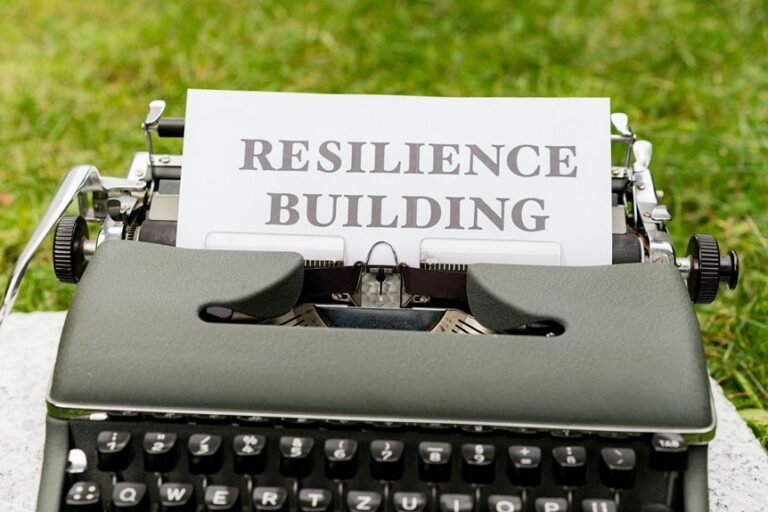168.7.5.8090 How to Set Up Your Own Web Server
Setting up a web server at 168.7.5.8090 requires careful consideration of various factors. Selecting appropriate software is crucial for performance and security. Configuring server settings effectively ensures optimal resource allocation and protection against threats. Additionally, testing and launching the server involves rigorous assessments to confirm functionality. Understanding these foundational steps can significantly impact the server's success. What comes next in the setup process may surprise those unfamiliar with the nuances involved.
Choosing the Right Software for Your Web Server
When selecting software for a web server, it is essential to consider various factors that impact performance, security, and ease of use.
Open source solutions often provide flexibility, enabling users to customize their server environment.
Additionally, prioritizing server security through robust configurations and regular updates is crucial.
A well-chosen software stack can enhance both functionality and protection for hosted applications.
Configuring Your Server Settings
After selecting the appropriate software for the web server, attention shifts to configuring server settings to optimize performance and security.
Key adjustments include managing resource allocation, setting up firewalls, and implementing SSL certificates. These measures enhance server security while ensuring smooth operation.
Furthermore, leveraging caching techniques and optimizing database queries contribute to performance optimization, allowing users to maintain a robust and efficient web environment.
Testing and Launching Your Web Server
Testing and launching a web server requires a systematic approach to ensure functionality and security before going live.
Conduct performance testing to evaluate load capacity and response times, identifying potential bottlenecks.
Additionally, implement server security measures, such as firewalls and encryption, to safeguard against vulnerabilities.
Thorough documentation of testing results will facilitate ongoing maintenance and improvements, ensuring a robust web hosting environment.
Conclusion
In the realm of digital architecture, setting up a web server is akin to constructing a fortress. The choice of software serves as the foundation, while server settings act as fortified walls against intruders. Testing and launching the server is the final inspection, ensuring every battlement is secure and every passage is clear. Just as a vigilant guardian maintains the stronghold, ongoing updates and audits are essential to protect against emerging threats, ensuring the fortress remains steadfast in a volatile landscape.






